Monterey Bay has been the source of news stories recently for the abundance of whales residing locally these past couple months while feeding on an unusually large number of anchovies. So yesterday, on the coldest day of 2013 when the temperature did not even reach 50 F. in Monterey, I embarked on a whale watching tour. The sun was shining bright in clear skies and I wore plenty of warm layered clothing.
New York Times: With Extra Anchovies, Deluxe Whale Watching (Nov 25, 2013).
ABC News: Whales, Dolphins Putting on Spectacular Show in Monterey Bay (Nov 30, 2013).
After paying $33 to Chris’ Whale Tours ($2 off regular $35 price for mentioning the website), I headed out on Monterey Bay to check whale tails myself. And it was amazing. I am not sure how many whales I saw, but the number of humpback whales I spotted was in the 30 to 50 range in a one hour period. This is compared to a 7-day Alaska cruise in August 2007 where I saw one whale.
Humpback whale swimming beside Princess Monterey whale tour boat.
There are a number of tour operators running whale watching cruises on Monterey Bay. At Fisherman’s Wharf there are at least four tour operators. I have no interest in promoting any particular whale tour business. Based on my experience yesterday, the tourists on Princess Monterey consistently had the best viewing locations since many of my whale photos also show Princess Monterey in the photo with the photographers on their boat much closer to the marine mammal action.
Coast Guard jetty protects Monterey Harbor. Hundreds of sea lions reside on the rocks here. Monterey’s Cannery Row is seen in the background. I wrote a piece on the jetty sea lions with photo close-ups Sep 11, 2013 See Life in Monterey.
Sea lions resting on Monterey Bay buoy. Best Western Plus Monterey Beach Resort is the hotel on the beach at right.
There is currently a plan to develop another hotel on the beach at the left end of this photo. I am hoping that one does not get approved. The land directly behind the city of Seaside is Fort Ord National Monument. There is currently an attempt to build a horse racing track in an undeveloped portion of land next to the National Monument. Voters rejected that plan last month in the local ballot, but with the kind of money involved the idea does not seem likely to die off soon.
Point Pinos Lighthouse, Pacific Grove is the oldest continuously operating lighthouse of California and the entire west coast. Pronounced PEE-Nose. Sitka, Alaska (1837) was the first lighthouse on the west coast, but the original structure was torn down. Alcatraz Lighthouse in San Francisco opened eight months before Point Pinos (1855), but it was also demolished, although rebuilt in its original location. Point Pinos lighthouse has operated continuously for almost 160 years. Point Pinos Lighthouse history.
Point Pinos lighthouse beam of light is visible for 17 miles out to sea. The lighthouse has had 14 resident keepers from its initial construction in 1853 until 1975 when the lighthouse was fully automated. Point Pinos lighthouse these days is operated by the U.S. Coast Guard.
In the North Pacific there were an estimated 1,400 humpback whales in 1966 after heavy commercial slaughter. Today there are estimates of about 22,000 humpback whales in the North Pacific, around 25,000 in the southern hemisphere and about 11,500 humpbacks in the North Atlantic.
In the Pacific there are three migratory patterns. Source: NOAA Fisheries.
- Washington, Oregon and California humpback whales winter in Central America and Mexico and summer along the west coast of the USA up to southern British Columbia.
- Central North Pacific stock that winters in the Hawaiian Islands and summers from northern British Columbia and eastern Alaska.
- Western North Pacific stock that winters in Japan and summers in western Alaska and Aleutian Islands.
A hot off the press three year scientific study SPLASH of humpback whale DNA released this week concludes the North Pacific humpback is genetically isolated from other humpbacks around the world and there are five distinct population groups. These North Pacific humpbacks have genetic variations and different breeding and feeding grounds.
The five populations identified in the study are: Okinawa and the Philippines; a second West Pacific population with unknown breeding grounds; Hawaii, Mexico and Central America.
“Even within these five populations there are nuances,” noted Baker, who frequently serves as a member of the scientific committee of the International Whaling Commission. “The Mexico population, for example, has ‘discrete’ sub-populations off the mainland and near the Revillagigedo Islands, but because their genetic differentiation is not that strong, these are not considered ‘distinct’ populations.”
The SPLASH program has used photo identification records to estimate humpback whale populations. The researchers estimate that there are approximately 22,000 humpbacks throughout the North Pacific — about the same as before whaling reduced their numbers. Although recovery strategies have been successful on a broad scale, recovery is variable among different populations.
ScienceDaily.com December 4, 2013
Humpback whale dorsal fin is small compared to a whale like an Orca, the killer whale. The humpback name derives from the curving of their backs when diving. The photo above shows what I typically saw when spotting humpbacks on my whale cruise. I have about 50 photos like this. There were no breaching humpbacks jumping out of the water.
I photographed about 15 whale tails.
Humpback whale tail.
Whale tail waterfall.
This was the closet I was to a humpback whale at about 150 feet away or about three body lengths.
Typically from the shoreline of the Monterey Peninsula and Big Sur I spot whales from their blow spout with plumes of water rising around 30 feet in the air. When I say I saw about 50 whales yesterday, that was based on the spouts of water I spotted. I photographed about 20 whales where the body or tail was visible. The peak in the background is Loma Prieta in the Santa Cruz Mountains and the epicenter of the October 1989 World Series earthquake.
The whale blow hole spray is much more dramatic from up close.
Humpback whale blow. One article I read stated this spray can be forced out at 300 mph.
Humpback diving with exposed whale tail. These photos are two images in a ten photo series covering six seconds of this whale from the blowhole spray to the dive.
I wanted to take video, but even standing and snapping photos was difficult in the small ocean swells. Generally I braced myself with one hand on the ship rail. Walking along the deck was challenging when the ship was in motion.
Princess Monterey in my photo of two humpbacks.
The Princess Monterey always seemed to be in the right position for the best proximity to whales. And it seemed like that ship was moving less than the boat I was on.
There were probably 200 to 300 sea lions feeding in a pack. The humpback whales surfaced in the sea lion pack.
I was surprised when our ship started heading back to Monterey just as we were in the thick of the action. We left before the other two boats from two other Monterey whale tour companies. The total tour time ended up being about 2 hours 20 minutes from departure and back to the wharf.
One aspect about Chris’ Whale Tour that I felt could be improved was better use of the travel time across Monterey Bay to provide educational information. There was plenty of time to educate us about the marine mammals, but there did not seem to be much talking during the cruise.
Quick Humpback whale facts: Source: NOAA Fisheries
- Length up to 60 feet with females being larger than males.
- Weight 25 to 40 tons.
- Lifespan about 50 years.
- Newborns are about 15 feet long and weigh about one ton.
- Diet is krill, plankton and small fish. Eat up to 3,000 pounds daily.
- Humpbacks have the farthest migration pattern of any mammal, from 3,000 to 5,000 miles one way annually. Humpbacks have been tracked making the 3,000 miles journey between Alaska and Hawaii in as little as 36 days.
- Humpbacks are a popular whale species for cruises due to their tendency to breach or jump out of the water.
Another thing I noticed about Princess Monterey is the boat stayed closer to shore on the way out providing better opportunities for photography of the Monterey Bay coastline.
Paddle boarders off Monterey coast. The hills of Monterey, Pacific Grove, Pebble Beach, Carmel and Carmel Highlands are the largest remaining stand of native Monterey pine forest.
Even on the coldest day of 2013 this trip was great value. Monterey Bay under bright skies, numerous humpback whale sightings and a sea lion feeding frenzy were memorable sights to see.
And I read that the first Gray Whales heading south to Baja were seen this week on the whale cruises in Monterey Bay. This is a great time to come to Monterey Bay and get on a whale cruise.
View of mountains beyond mountains with the Monterey hills, Carmel Valley hills and Santa Lucia coastal mountain range (Big Sur country) in the background. Monterey Bay was originally named Bay of Pines when Cabrillo passed by here in 1542.
*****
Ric Garrido of Monterey, California is writer and owner of Loyalty Traveler.
Loyalty Traveler shares news and views on hotels, hotel loyalty programs and vacation destinations for frequent guests.
Follow Loyalty Traveler on Twitter and Facebook and RSS feed or subscribe to a daily email newsletter of Loyalty Traveler blog posts.


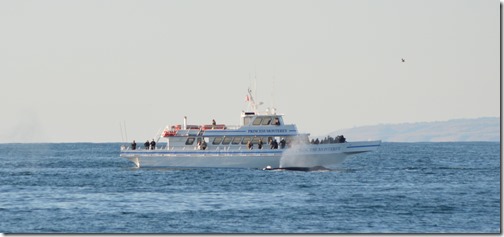
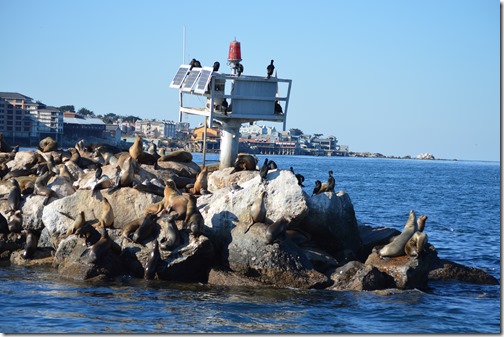

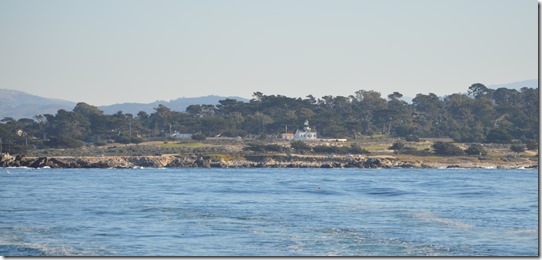
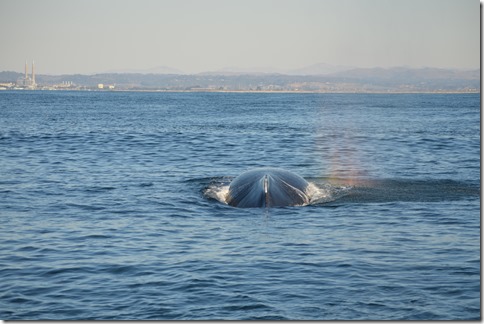
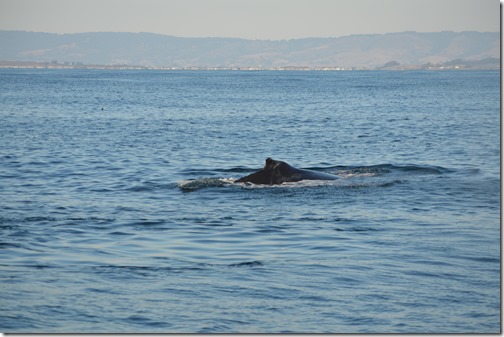
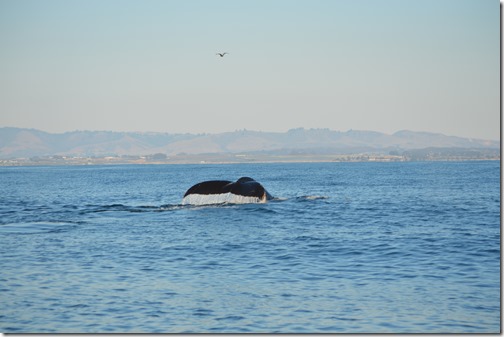
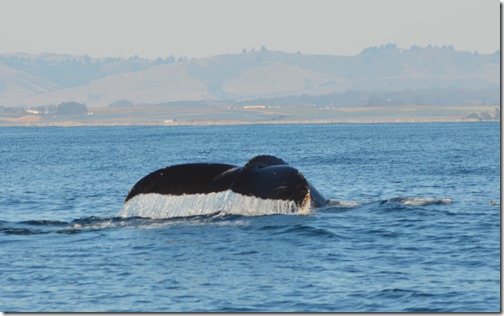
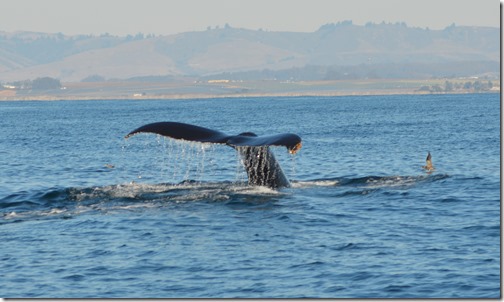
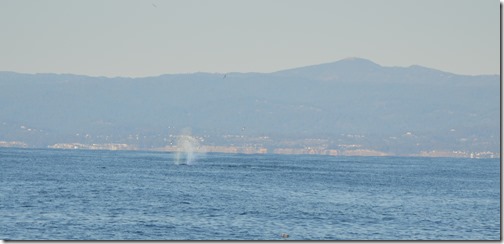
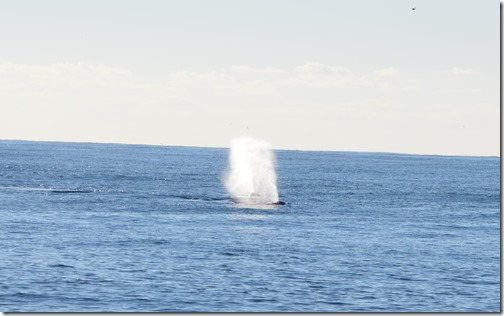

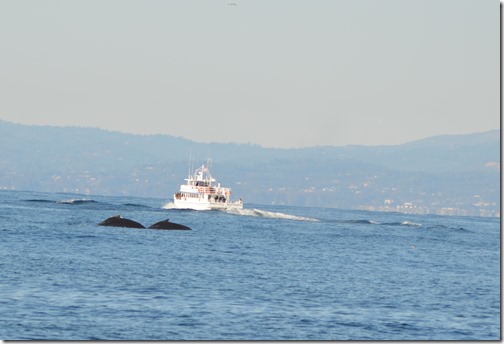
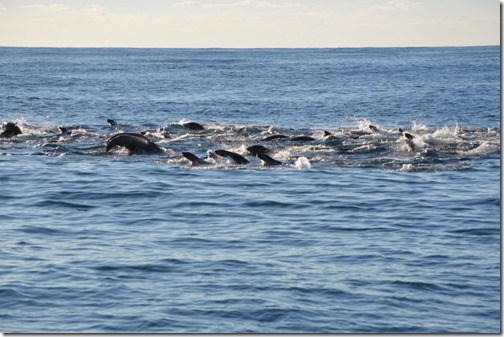
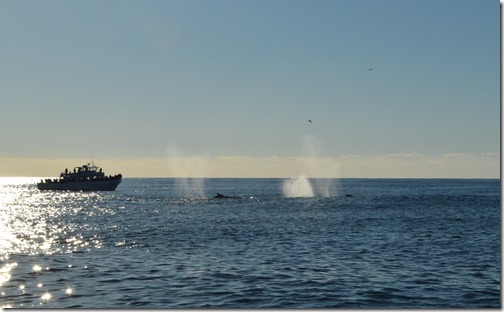
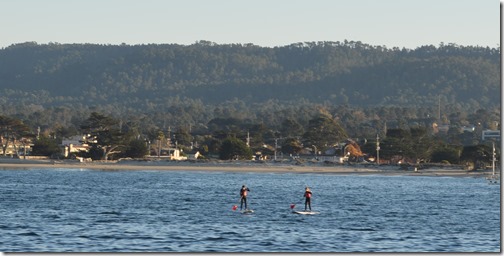
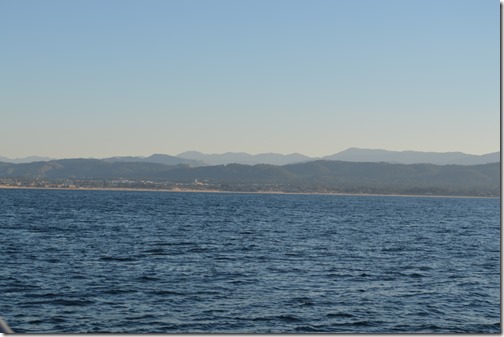
8 Comments
Comments are closed.